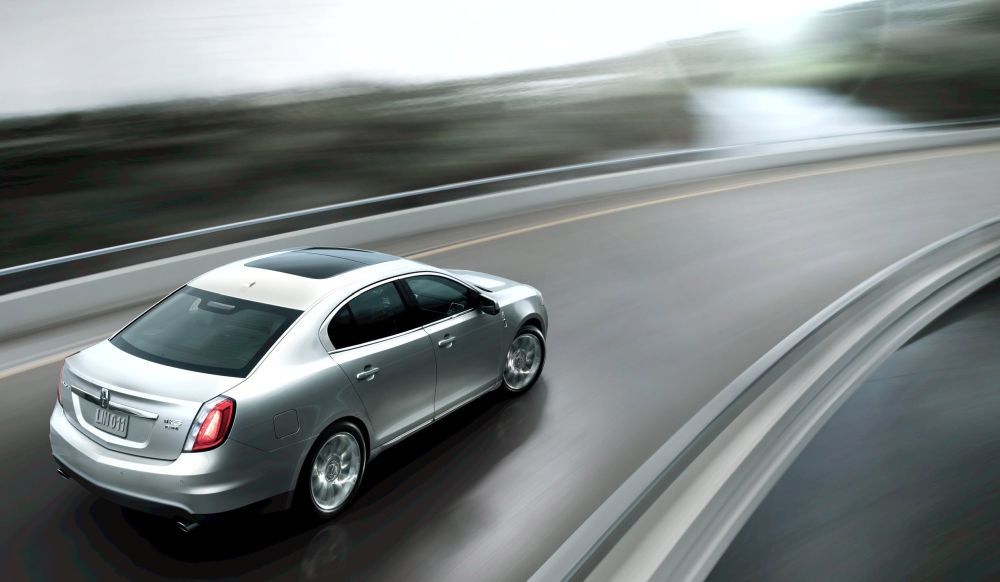Auto Insurance Basics: Know Your Options
Auto insurance is a complex topic that can be overwhelming. Understanding the basics of auto insurance, including knowing your options, is essential to making the best decisions for yourself and your family. Choosing the right policy can save you time, money, and anxiety.
When researching auto insurance policies, there are several topics that should be considered. Who is covered? What levels of coverage are available? How much will premiums cost? What type of protection is best suited for the individuals needs? What deductibles are available?
In general, most auto insurance policies consist of the following: liability coverage for property damage and bodily injury, uninsured motorist coverage, personal injury protection, and comprehensive and collision coverage. Liability coverage will pay for property damage and bodily injury caused by the policyholder. Uninsured motorist coverage will protect the policyholder if they are involved in an accident with an uninsured driver and personal injury protection will provide protection for medical bills. Comprehensive and collision coverages are optional and may be redundant if the car is an older model.
The cost of premiums is dependent on a number of factors, such as the age of the driver, driving record, credit score, the type of car, and the coverage level chosen. Premiums also vary depending on the insurance company. Therefore, it is important to shop around to find the best deal for the coverage desired.
It can also be helpful to understand the different levels of auto insurance coverage. Generally, there are three common levels of auto insurance coverage: basic, mid-range, and full. Basic insurance provides coverage for liability and uninsured motorist. Mid-range includes liability, uninsured motorist, and personal injury protection. Full coverage consists of liability, uninsured motorist, personal injury protection, and comprehensive and collision coverages.
Deciding what level of coverage is best for an individuals needs is an important decision that should be based on the value of the car and the ability to pay out of pocket for repairs. Generally speaking, if the car is worth more than what would be paid out in a claim, full coverage is more cost-effective.
Deductible amounts are also an important factor that should be taken into account when choosing an auto insurance policy. Generally, the higher the deductible, the lower the premiums. However, if the policyholder has a lower deductible, they may be required to pay more out-of-pocket when filing a claim.
These are just a few of the factors to consider when choosing the right auto insurance policy. It is important to adequately research and compare all options for auto insurance to ensure the best possible outcome.
The factors discussed above are only basics of auto insurance.When considering the different options, it is also important to factor in exclusions and discounts. Some policies may offer discounts for good driving records or any no claims bonuses you may have. Exclusions are specific events that are not covered by the policy, such as wear and tear, intentional damage, and certain types of accidents.
When selecting an auto insurance policy, it can be helpful to use an online comparison tool. These comparison tools will allow the user to compare different policies and get quotes on premiums from multiple providers. In addition, they will also provide information on discounts, exclusions, and deductibles.
Staying well informed and understanding the different options available can help make the process of selecting the right auto insurance policy much easier. Knowing what to look for and understanding the basics of auto insurance will help guide you to the right choice. Whether youre seeking basic coverage or full coverage, it is important to take the time to find the best possible policy for your individual needs and budget.
When selecting the ideal auto insurance policy for your needs it is important to consider additional coverages such as rental car reimbursement, towing, and glass repair. Holiday or weekend specials, money back guarantees or discounts for multiple cars can also be factored in. Applying a multi-coverage option can lead to savings as well as provide needed protection.
When researching auto insurance consider asking providers about cancelation policy advantages. Can you get a refund if you cancel the policy quickly? Does the policy have set payment plan options? Will a good credit score help you secure a discounted rate?
In addition to expanding on the core coverage option, it is important to factor in the type of car you drive, frequency, purpose and where it will be kept when it is not in use. Each of these factors influence the cost of the coverage and the appropriate policy.
Finally, understand that insurance laws vary from state to state and certain requirements must be met. Make sure to check the regulations in your own area.
When considering the options of auto insurance it is important to compare policies and quotes from different providers. Always in search for savings opportunities and special offers. Finding the lowest price should not be your number one priority as quality coverage is essential to ensure that an individual is fully protected in the event of an accident. Above all, read your policy carefully and make sure that you understand the coverage that you are getting and ask questions if there is something you do not understand.

